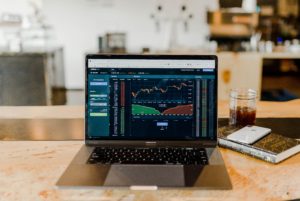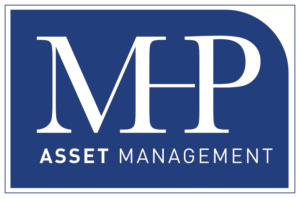A week or so ago I had the privilege, for the second time, to visit the floor of the New York Stock Exchange during the trading day. The first time I was there was around 1998 when I traveled with a class of investment management students from the Gabelli school of business at Roger Williams University, when I was an adjunct professor. I was able to get my whole class on the floor of the exchange because of an institutional firm in midtown Manhattan where I worked. One of the partners in the firm owned seat on the exchange and was able to offer an unforgettable experience to my class.
Many people, often confuse the intensity and noise of the commodity trading pits at the CBOT or the New York Mercantile exchange, with the NYSE. While much of that has gone electronic, there is still short periods of time when the “pits” are very active. Having been a commodity trading advisor in the past, I was fortunate to be able to visit and direct trades at those markets as well. Dan Ackroyd, stated in the movie “trading places”, that the commodity pits, specifically the New York Mercantile was the “last bastion of capitalism”. What it is, is a high intensity auction for commodity contracts.
The New York Stock Exchange is much more sedate, partly because it is open from 9:30 AM Eastern time until 4:00 PM. There is a specialist firm that maintains a fair and orderly market for the companies that they represent.
The news agency, CNBC, now broadcasts from the floor of the exchange right in front of the balcony where they ring the closing bell. 19 years ago, when I was there last, they had a small studio on the surrounding walkway adjacent to the balcony where the market is open and closed.
My hope is that the exchanges survive the world of technology and electronic trading. Not only for nostalgic reasons, but to still maintain a central location that is responsible for the oversight of the companies that are traded on their exchange.
Most business transacted at the NYSE is institutional, meaning that the ETF’s and mutual funds are the primary customers. You or I buying a hundred shares of Apple or GE is done through the broker, in my client’s case, TD Ameritrade institutional, and then electronically funneled through an intermediary where the stock is them purchased or sold.
March 2011, I was on the floor of the Chicago Board of trade. My main interest was the S&P 500 pit and the bond pit. Most trading in those pits are done by the big banks. Goldman Sachs, J.P. Morgan and a handful of what are called “locals” who are smaller companies many times trading for their own accounts.
I am fortunate to have been able to visit and work with the various exchanges. This is where the sausage is made. In other words, your investments originate from these exchanges, and it is my attempt to use these exchanges as an investment advisor to create my clients’ portfolios with custom-built, specifically designed, cost efficient portfolios to fit my client’s needs and objectives.
Mark Patterson is Chief investment officer with MHP Asset Management and can be reached at (603) 447-1979 or mark@mhp-asset.com.


























